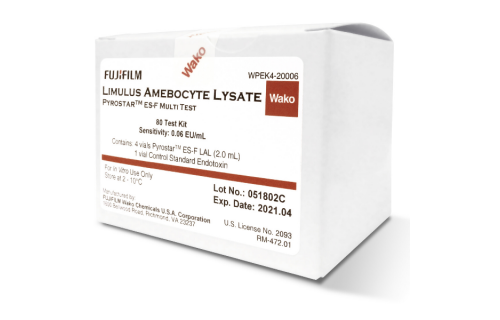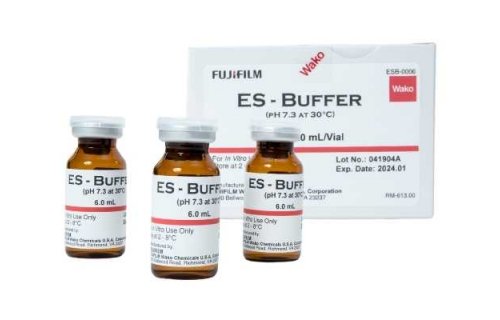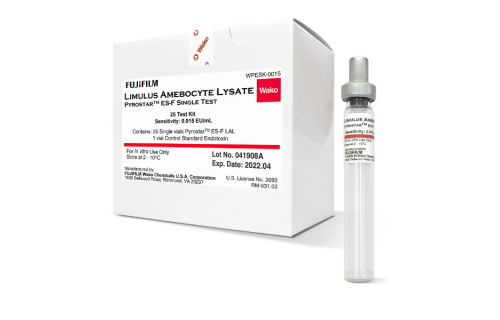6 Types of Diseases in Humans Related to Endotoxins of Gram-negative Bacteria
By entering the bloodstream, Gram-negative bacteria cause immune system reactions and lead to the activation of different chains of non-cellular reactions. One of the components of the cell wall of this family of bacteria are lipopolysaccharides, which form complexes of high molecular weight known as bacterial endotoxins, due to the toxic effect that they cause in other organisms. Almost any environment is appropriate for the development of Gram-negative bacteria, given that contamination with these bacteria is very common. There are several diseases related to the endotoxins of Gram-negative bacteria affecting humans. We will discuss six of them in this article.
Discover and quote online our Endotoxin-Specific LAL Reagents HERE
1. Complications from Burns
In the case of complications from burns, the complications may be due to translocations of endogenous Gram-negative bacteria or external sources of contamination such as contaminated wound dressings. People suffering from burns often lose a lot of fluids and this may trigger bowel ischemia. Besides, burns can lead to the activation of neutrophils which damage the endothelial cells and the lining of the intestine.
Experimental evidence suggests that both the complications caused by burns and other conditions related to Gram-negative bacteria may be due to a mechanism of translocation of endogenous bacteria. The conditions favouring bacterial translocation activity are the activities of the suppressed immune system or a dysfunction in the reticuloendothelial system. When there is no local or systemic infection, it is considered that bacterial translocation is likely to be the cause of the disease caused by endotoxins.
2. Coronary Artery Disease
Conditions in the coronary arteries are associated to the lipopolysaccharides mainly from the bacteria called Helicobacter pylori and Chlamydia pneumoniae. Exposure to lipopolysaccharides induces the production of inflammatory mediators involved in atherogenesis, which, according to some authors, is also associated with atherosclerosis.
3. Neonatal Necrotising Enterocolitis
Neonatal Necrotising Enterocolitis is one of the leading causes of neonatal mortality, and it particularly affects babies born underweight or prematurely. Bacterial endotoxins have been identified as the main source of infection which causes this disease. When the infection is not due to any external source, it is supposed that the translocation of endogenous bacteria occurs, given that the risk factors for this mechanism to be produced are the same as the factors for necrotising enterocolitis, such as damage to the intestinal lining, abnormal growth of endogenous bacteria or poor development of immune defences.
4. Crohn's Disease and Ulcerative Colitis
Although circulating endotoxin levels that are higher than normal have been recorded in people suffering from Crohn's disease and in ulcerative colitis cases, the role of endotoxemia in these diseases is unclear. High levels of lipopolysaccharides may result from damage to the intestinal lining caused by the disease itself or they may be caused by endotoxemia. What we can say is that lipopolysaccharides cause the activation of the production of cytokines and other molecules which lead to the inflammation characteristic of these diseases to be maintained. Therefore, the severity of these diseases depend directly on bacterial endotoxins.
5. Cystic Fibrosis
Cystic fibrosis is a disease of the digestive system related to bacterial endotoxins, which results from genetic defects in calcium channels that cause changes in the viscosity of the intestinal lining and the lungs. Cystic fibrosis patients suffer from recurrent lung infections, which can be fatal and are most often caused by Gram-negative bacteria. This fact has been proven through blood tests during infectious crises experienced by people, where increased levels of lipopolysaccharides are recorded.
RECOMMENDED: Recent research on the issue of bacterial endotoxins
6. Autoimmune Diseases
Many autoimmune diseases are also related to bacterial endotoxins, such as rheumatoid arthritis. Lipopolysaccharides are composed of two units, namely, lipid A and polysaccharides, lipid A being the part that has remained intact in different bacteria where polysaccharide chain changes and different pathogenic effects are produced. Lipid A triggers the activation of autoimmune responses in the body. Therefore, depending on the disease, it may induce the disease or exacerbate its complications.
Bibliography:
1) Lemaire, L., et al., Br J Surg. 1997; 84:1340-50.
2) Marcus, A., Hajjar D., J Lipid Res., 34, 2017-2031, 1993.
3) Deitch E., J Trauma. 1990; 30(12):S184-S189.
4) Aoki K., Acta Medica Okayama. 1978; 32(2):147-58.
5) Wilmott R; Frenzke M; Kociela V, and Peng L. , Pediat Pulmonol. 1994; 18:21-7.
6) Ludwik, K., et al.) J Infect Dis. 1996; 174:1028-39.






